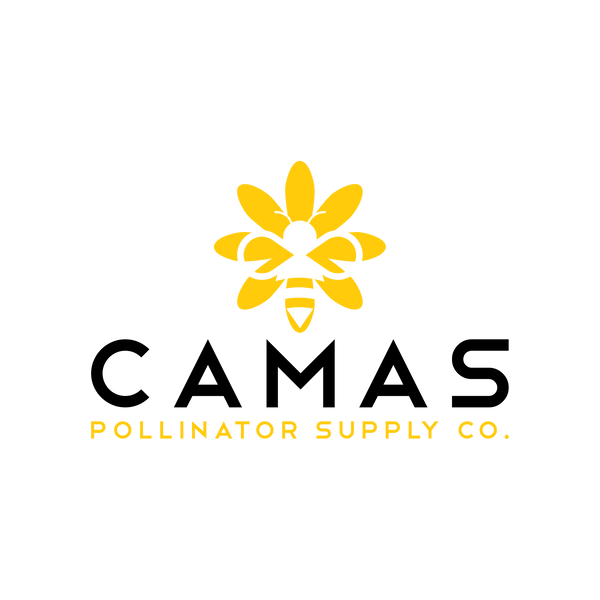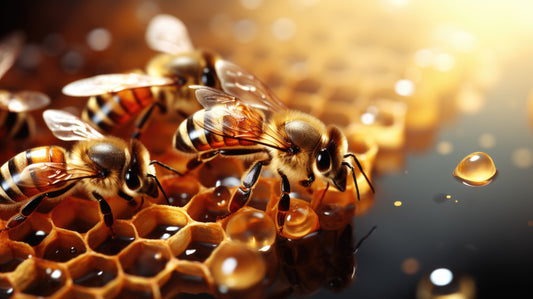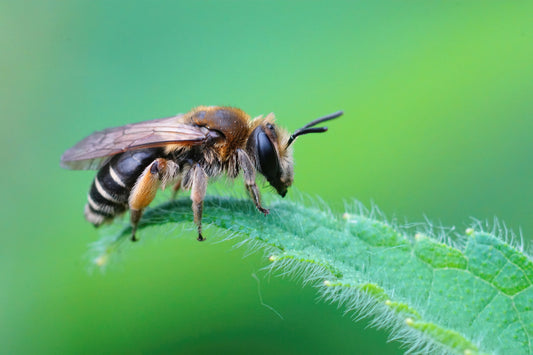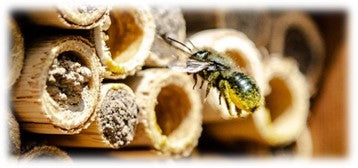
Creating a pollinator garden is not just about planting flowers; it’s about crafting an ecosystem. Two critical factors—soil type and plant selection—can make or break your efforts to support pollinators like bees, butterflies, and other beneficial insects. Understanding these elements and their interplay is essential for gardeners aiming to create vibrant spaces that attract and sustain pollinator populations.
The Importance of Soil Type in Pollinator Gardens
Determining Soil Type: Clay, Sand, or Loam?
The foundation of any successful garden begins with understanding the soil beneath your feet. Soil types vary widely, and each has distinct characteristics that influence plant growth. For pollinator gardens, knowing whether your soil is clay, sandy, or loamy can guide you toward selecting plants that will thrive in your specific conditions.
-
Clay soils are dense and retain moisture but can become compacted, making it difficult for roots to penetrate. These soils often require careful preparation to support pollinator-friendly plants.
-
Sandy soils drain quickly and are common in dry areas. While they are easy to work with, they may lack the nutrients required for robust plant growth.
-
Loamy soils, often considered ideal for gardening, are rich in organic matter and strike a balance between moisture retention and drainage. They provide the most favorable conditions for a wide variety of plants.
Testing your soil type can be as simple as observing its texture when wet or dry. For a more precise analysis, soil testing kits are readily available and can provide valuable insights into its composition.
Soil pH: A Critical Factor for Pollinator Plants
Beyond texture, soil pH plays a pivotal role in determining which plants will thrive. Most pollinator-friendly plants prefer slightly acidic to neutral soil (pH 6 to 7). Research shows that soil pH affects nutrient availability and plant health. For example, plants grown in overly alkaline soils may struggle to absorb essential nutrients like nitrogen and magnesium. Conversely, highly acidic soils can lead to metal toxicity, inhibiting plant growth.
Adjusting soil pH is possible through amendments such as lime (to increase pH) or sulfur (to decrease pH). However, native plants often adapt well to existing conditions, so extensive modifications may not be necessary. The key is to match your plant selection to the natural characteristics of your soil.
Moisture Levels: Wet vs. Dry Soils
Pollinator gardens can be tailored to different moisture levels:
-
Wet soils, found in low-lying areas, support species like swamp milkweed (Asclepias incarnata), which thrives in water-retentive environments.
-
Dry soils, typical under tree canopies or on slopes, are ideal for drought-tolerant plants like butterfly weed (Asclepias tuberosa).
Proper site preparation—removing sod and existing vegetation—is crucial for minimizing competition and ensuring the success of your garden.
Plant Selection: The Art of Choosing Host Plants
Why Host Plants Matter
Pollinators rely on host plants not only for nectar but also as breeding grounds. Butterflies, in particular, have species-specific requirements when it comes to host plants. For instance, monarch butterflies exclusively lay their eggs on milkweed species. Planting the wrong variety—or an invasive lookalike like butterfly bush (Buddleia spp.)—can inadvertently harm butterfly populations.
Native Plants: The Gold Standard for Pollinators
Native plants are uniquely adapted to local conditions and offer unparalleled benefits for pollinators. They provide nectar and pollen throughout the growing season while supporting specialist bees and caterpillars. Examples include blazing star (Liatris spicata), New York ironweed (Vernonia noveboracensis), and goldenrod (Solidago spp.).

Diversity Is Key
A thriving pollinator garden features a mix of colors, shapes, and heights to attract a wide range of species. Including plants that bloom at different times ensures a continuous food supply for pollinators throughout the year.
Conclusion: Building Resilient Pollinator Habitats
Creating a successful pollinator garden requires careful attention to soil type and plant selection. By understanding your soil’s texture, pH level, and moisture content—and choosing native host plants suited to these conditions—you can build a garden that not only supports pollinators but also enhances biodiversity.
Pollinator gardens are more than aesthetic spaces; they are lifelines for struggling insect populations. With thoughtful planning and preparation, you can transform your yard into a sanctuary that sustains life while enriching the environment around you.




